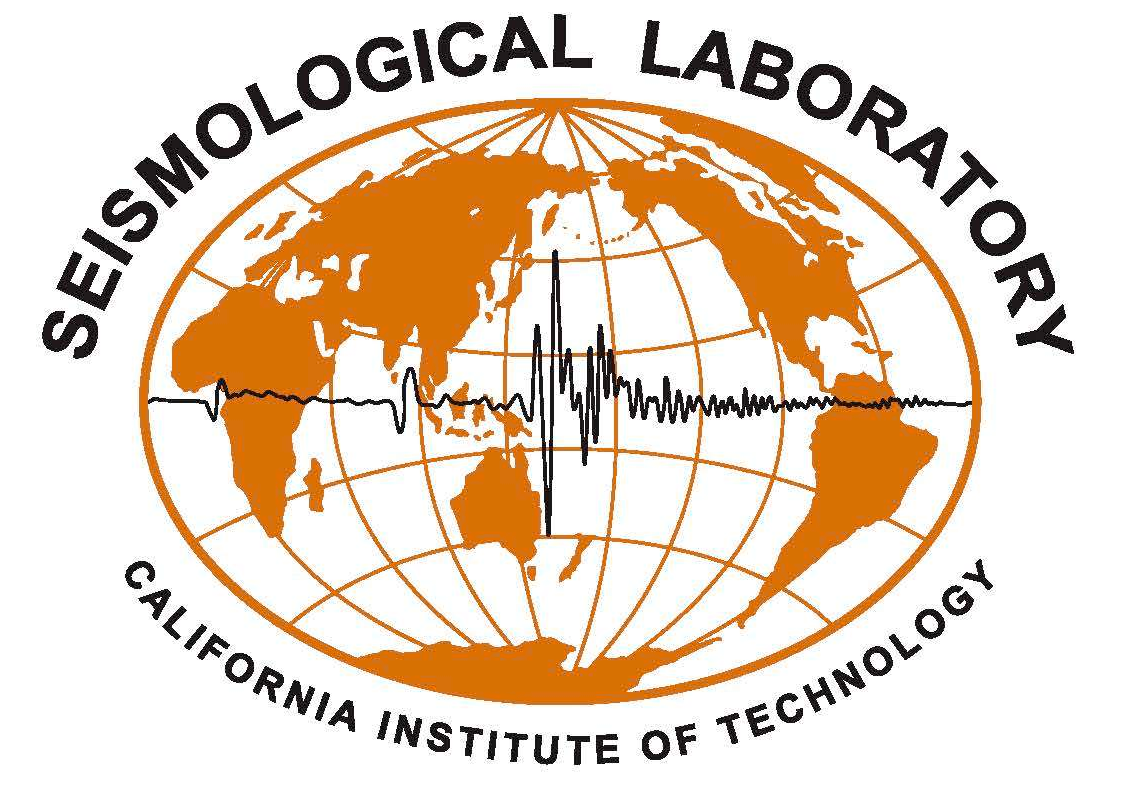

The energy shown here is from a sonic boom located within the SCSN boundaries. Because there are military bases around Southern California, we often detect sonic booms from test flights and training runs etc. The most common feature of sonic booms in our data is a large initial wave sometimes followed by an almost identical wave. These waves don’t generally line up and spread out evenly like earthquake waves because our equipment and models aren’t calibrated to compensate for energy moving through the atmosphere instead of the ground below. Though aircraft sonic booms are common, this particular one is from the Nov. 6, 2013 meteor that was seen above California, Arizona, Nevada, and Utah.
For an interesting informative video on Sonic Booms, watch the video below, provided by Discovery News.
Standard YouTube License DNews https://www.youtube.com/channel/UCzWQYUVCpZqtN93H8RR44Qw



